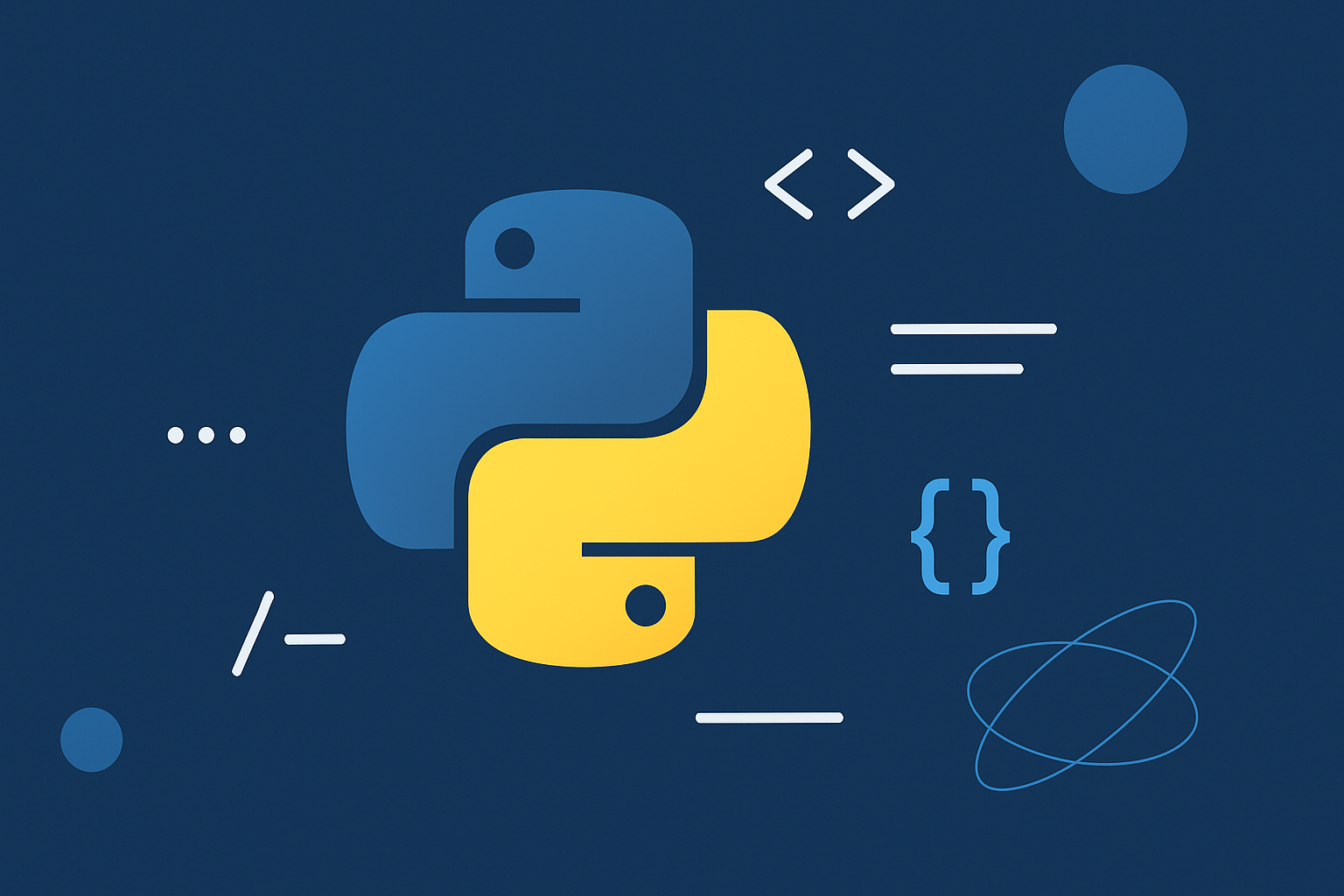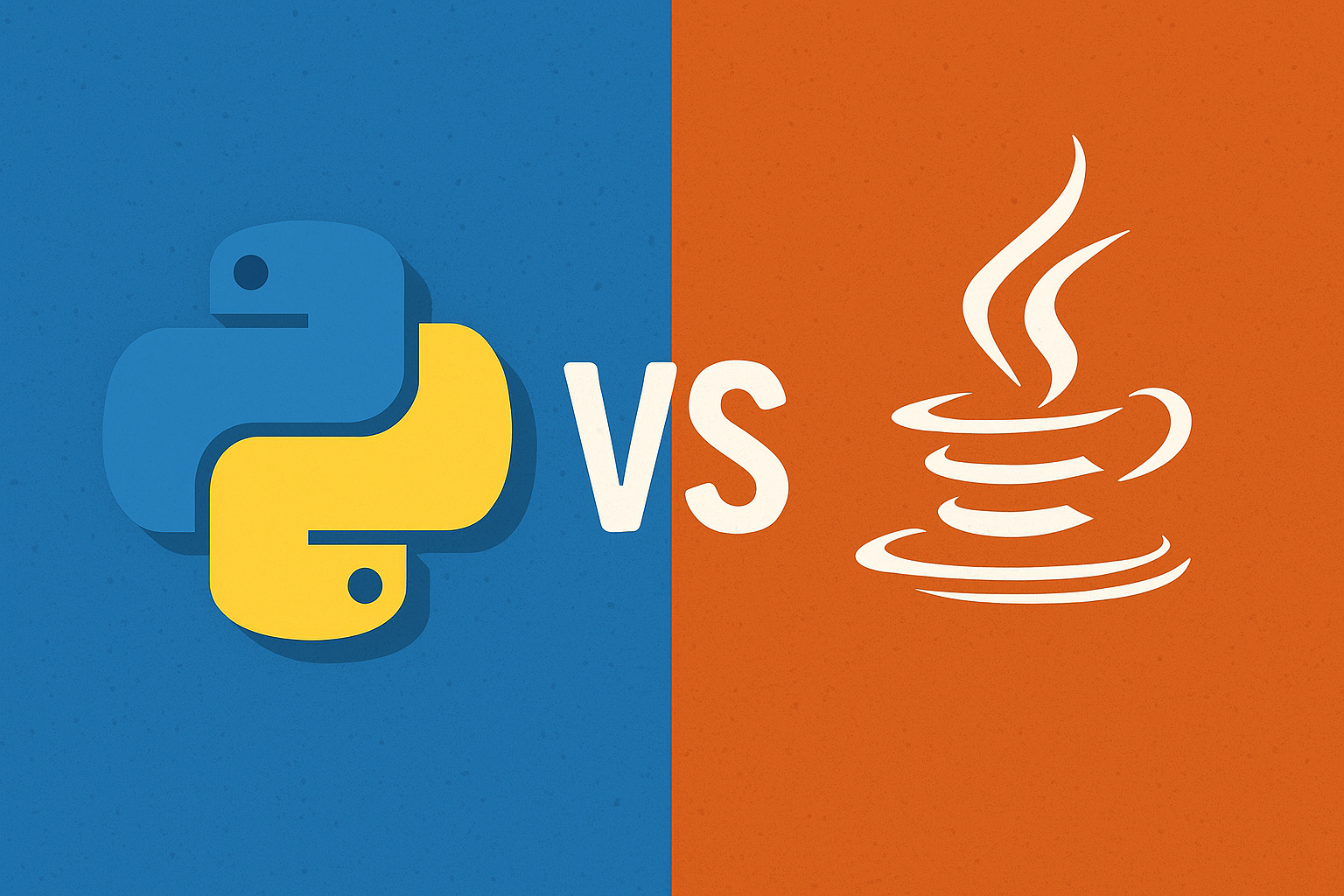Have you ever found it difficult to work with strings in Python?
You may not be able to split or replace as you want, or you may have to write long lines of code to process them.
Small setbacks lead to stress.
In this article,5 Efficient Ways to Manipulate Strings in PythonWe will introduce a carefully selected selection of products.
Detailed explanations of specific examples and points to note so that even beginners can understand.
Just by reading it, you will be able to write code more clearly.
1. How to Split a String in Python
Conclusion: You can split a string however you like using split()
In Python, you can easily split a string by a given delimiter.
The representative issplit()This is the function.
Why is it important?
- Most data is separated by commas and/or spaces.
- If this cannot be broken down properly, data processing will not progress.
example:
1 | = = ) |
Common Uses
- Split a line in a CSV file
- Split a space-separated sentence into words
- Organize information using symbols such as ":" and "-"
Potential stumbling points
1 | = |
*If you use a space instead of a commasplit()Empty the inside of the .
summary
split() is the most basic way to handle strings in Pythonis.
You will definitely use this when organizing your data, so make sure you become familiar with it as soon as possible.
2. How to Replace a String in Python
Conclusion: You can easily replace characters with replace()
To change a particular word in a sentence to another wordreplace()is convenient.
Why is it necessary?
- It is essential for correcting typos and replacing patterns.
- This can be useful for correcting input errors and formatting.
example:
1 | = = , ) |
application:
- Full-width to half-width conversion
- Delete symbols (e.g. "¥" → "")
Common mistakes and solutions:
1 | = , ) |
Replace does not change the original string, it requires an assignment to a new variable.
summary
replace() is essential for text correction and data cleaning.
Remember the rule that you must always assign and use it.
3. How to Concatenate Strings in Python
Conclusion: Use join() for neater consolidation
To combine multiple strings into onejoin()is convenient.
Why is it useful?
- You can combine strings in a list at once.
- You can freely insert line breaks and commas.
example:
1 | = [, , = |
application:
1 | = [, , = |
Common mistakes:
1 | = [, , ] )) |
join() is used from the string side. It has the form "character.join(list)".
summary
Using join() makes it easy to create neat, readable text or file output.
4. How to Extract a Substring in Python
Conclusion: Slicing lets you take whatever part you want.
To extract a part of a stringSlicing syntaxis used.
Why is this important?
- There are many cases where only the beginning or end of the data is required.
- Required for processing fixed-length data
example:
1 | = 0:3]) |
application:
- Extraction of the first three digits of a postal code, the last digit of a phone number, etc.
- Displaying specific parts of a long text
Points to note:
- Be careful with index ranges
- Start is inclusive but end is exclusive
summary
Slice syntax is flexible and very useful when used correctly.
5. How to Search for a String in Python
Conclusion: Use the in operator and find() appropriately
How to check if a string contains a specific characterIn Operator.
When you want to find the locationfind()is convenient.
Why is it necessary?
- Can be used for input validation and error detection
- It is useful to separate processing according to conditions.
example:
1 | = |
Common points to note:
- find() returns -1 if not foundSo we need conditional branching.
summary
String matching is an essential foundation for error handling and conditional branching.
Summary: Python string manipulation is just five basic steps
Completed code (complete summary)
1 | = |
Common errors and solutions
| Content | Error example | solution |
|---|---|---|
| Replace doesn't work | text.replace(...)Just that | Assign to a new variable |
| Crash on join | list.join(',') | Correctly ','.join(list) |
| split doesn't work | The delimiters are different | Check the actual characters (spaces, commas, etc.) |
| find is -1 | Search for a missing string | if find(...) != -1: Enter the condition |
Reference data and links
- Python official documentation (Japanese)
https://docs.python.org/ja/3/library/stdtypes.html#text-sequence-type-str - Information-technology Promotion Agency (IPA) "Unexplored IT Talent Discovery and Development Project"
https://www.ipa.go.jp/jinzai/mitou/


